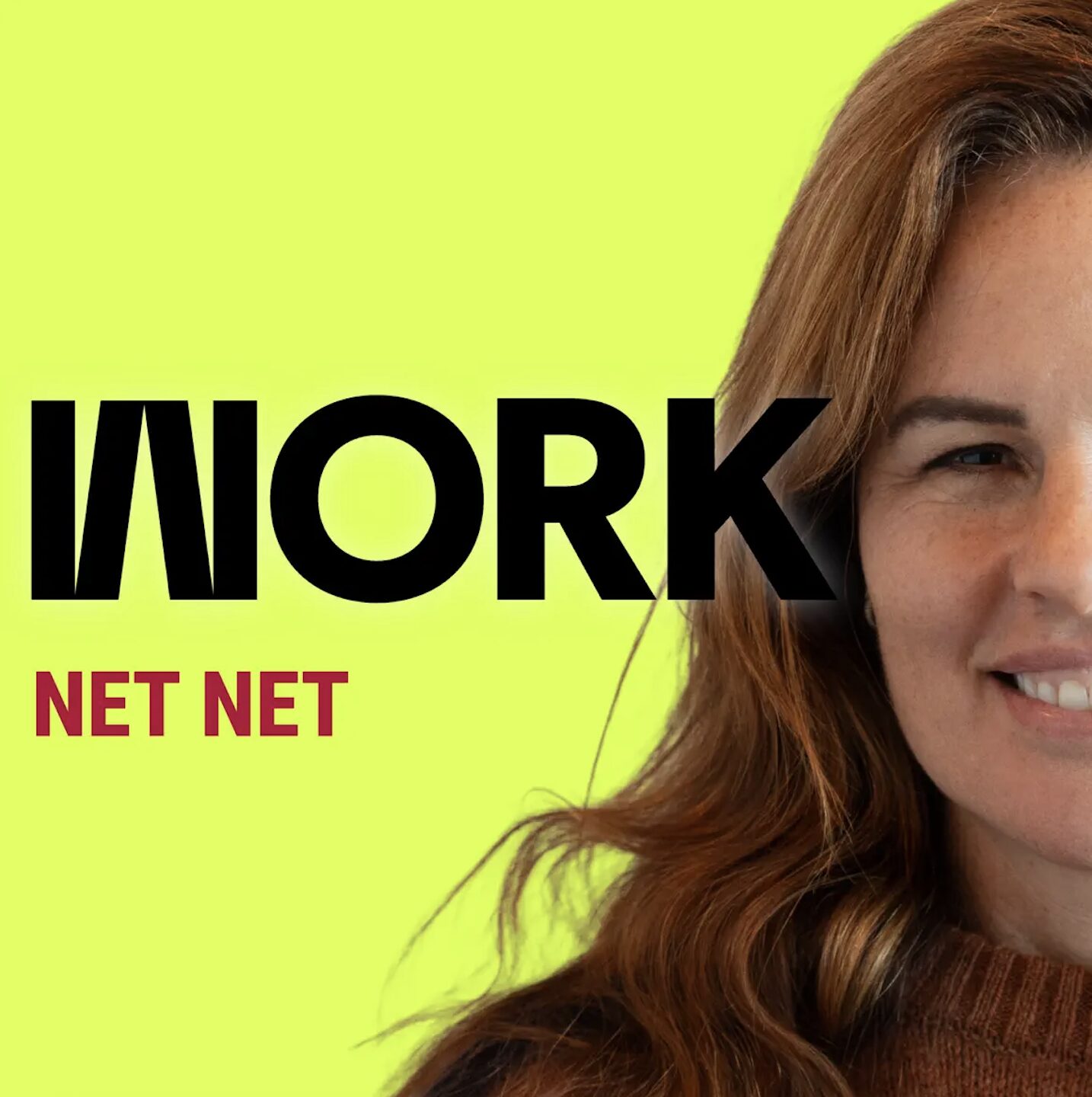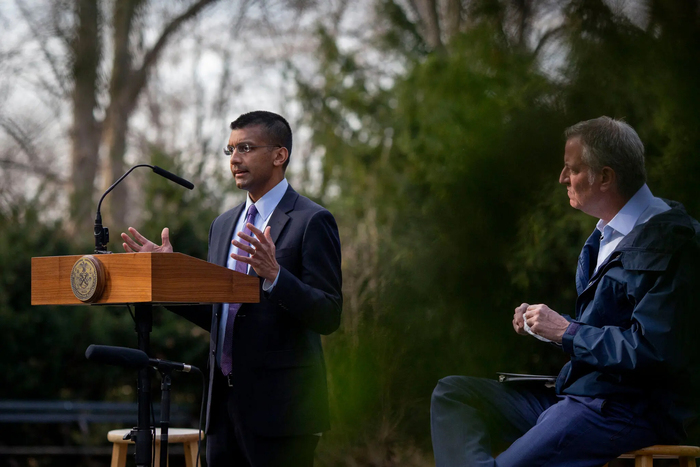
Erika Ayers Badan: Women in the Workplace Wake-Up Call
This headline somehow feels both shocking and completely unsurprising. The McKinsey and Lean In Women in the Workplace study is out, and the takeaway is…
Thought Leader: Erika Ayers Badan

Throughout American history, leaders have stood up in the aftermath of disasters and committed to honoring the past by investing for the future. For example, the Space Shuttle Columbia disaster in 2003 led NASA to overhaul its safety culture and attracted new partnerships that are paving the way to America’s return to the Moon. Likewise, after a multistate blackout that same year, the North American Electric Reliability Corporation was charged with ensuring nationwide reliability of the power grid through an innovative multistate model of standardized sharing of data, staffing, and resources among power companies.
Yet when it comes to public health disasters, the US has consistently chosen to forget instead of futureproof. Consider the repeated cuts to core public health agencies and programs, including the Public Health Emergency Preparedness Program, after the H1N1, Ebola, and Zika outbreaks in the decade before covid-19. More recently, growing misinformation about childhood immunizations has reversed progress on measles prevention, precipitating a decline in vaccination rates and rise in new cases nationwide.
We cannot allow this pattern to repeat itself after covid-19, which has claimed the lives of over a million Americans in what is the largest public health disaster in recent history. To be prepared for the next pandemic—or any other emergency that affects the health of Americans today, tomorrow, or decades from now—we must choose action over amnesia.
As The BMJ’s series on US covid lessons lays out, the pandemic’s key lesson is that public health emergencies affect us all, and therefore we all need to act to face them. Indeed, just as covid-19 exposed the worst of the US health system, it also provided a glimpse of what the system can look like at its best: leaders working across sectors towards the common goal of better health.
During the height of the covid-19 pandemic, we saw evidence of new—and unexpected—partnerships forming in every corner of the country. For example, one of the pandemic’s early challenges was sharing data about cases and coordinating the allocation of scarce resources. In Greater Seattle, health systems and health departments formed a coalition to coordinate data collection, communication, and medical services for an entire region. As covid-19 tests became available, public health faced the challenge of linking diagnosis and treatment. In Texas, the Dallas Connected Community of Care bridged public health, health systems, and community organizations to align testing sites with high risk neighborhoods.
Later, when vaccines became available, public health agencies had to address misinformation while delivering lifesaving interventions. In New York City, the health department crossed traditional silos, forging novel partnerships with seven different health insurers to launch a vaccine outreach and counseling program.
The pandemic provided a platform that enabled leaders from across all sectors, from public health to hospital care, from technology companies to insurance plans, to surmount artificial barriers and advance innovations across the health system. For example, telehealth—which long predates covid-19—was transformed from an occasional pilot to everyday practice as health systems pivoted overnight to meet patient needs and ensure continuity of care. But as covid-19 becomes less of a threat, will the pandemic’s platform be reduced to a relic, or can it be repurposed into a foundation for long term system transformation? The underlying drivers of poor health remain pervasive—from inadequate access to preventive care, to social conditions such as homelessness. If the pandemic has taught us anything, it is that the best preparation for public health emergencies of tomorrow is improving the health of the public today. The pandemic demonstrated what works: from partnerships to shared standards, from disease detection to delivery system transformation. Now, it’s up to practitioners, advocates, and leaders from across the healthcare system to prove we have the vision to implement the lessons before disaster strikes again.
Experts have conducted postmortems of the pandemic and have published recommendations for local and national change. Such analyses are critical to informing the path forward but too often do not result in action. As such, the US health system has historically suffered from a poverty of implementation, not of ideas. We have seen action by healthcare and public health leaders across the country, including the creation in July 2023 of a White House Office of Pandemic Preparedness and Response Policy. But pursuing the common goal of health requires igniting more action at state and local levels—including spreading and scaling initiatives like those from Seattle, Texas, and New York City—and doing so expeditiously.
The Common Health Coalition, which we help lead, is one initiative pursuing better health and health equity across historical silos. While each of the coalition’s founding organizations and their partners in public health have always sought to improve health, our health system too often remains a patchwork. Only by weaving together healthcare delivery and public health—using the shared experiences of covid-19 as our stitching—will we be able to ensure that our health system is ready today to confront the disasters of tomorrow.
Erika Ayers Badan: Women in the Workplace Wake-Up Call
This headline somehow feels both shocking and completely unsurprising. The McKinsey and Lean In Women in the Workplace study is out, and the takeaway is…
Thought Leader: Erika Ayers Badan
Dr. Sanjay Gupta: Why Haven’t We Cured the Common Cold?
The average person gets two to four colds a year. With all the missed school and work, that adds up to an economic impact of…
Thought Leader: Sanjay Gupta
Niall Ferguson on the Logic Behind America’s New Worldview
Niall Ferguson argues that the media reaction to President Trump’s new National Security Strategy (NSS) says more about elite assumptions than about the document itself.…
Thought Leader: Niall Ferguson

